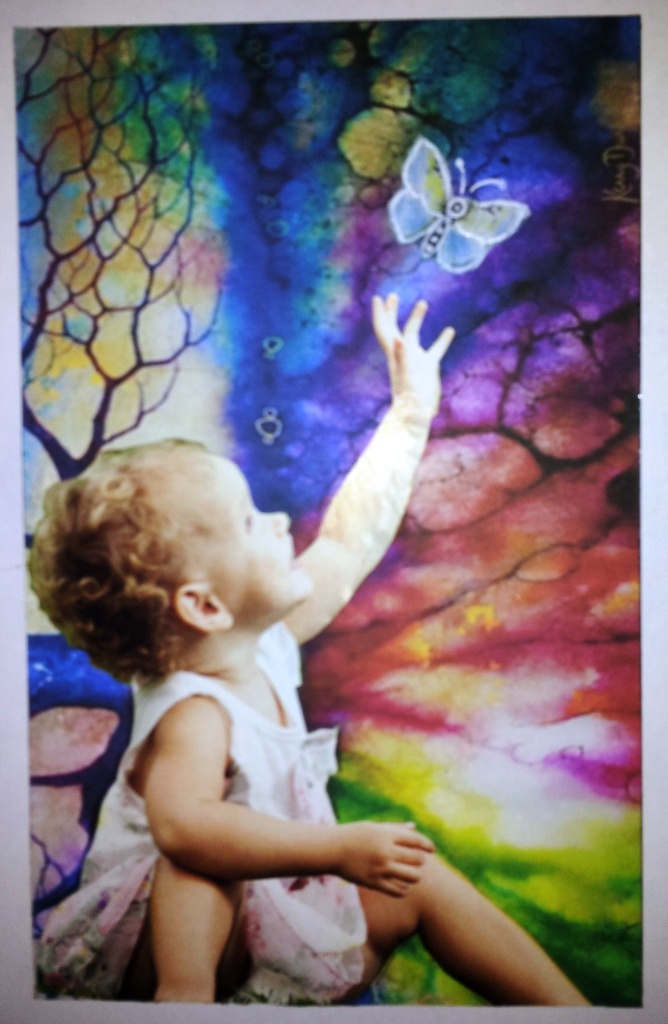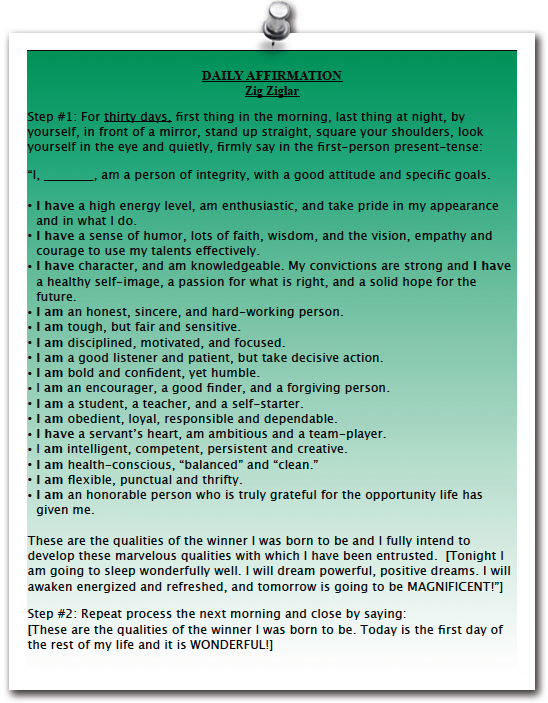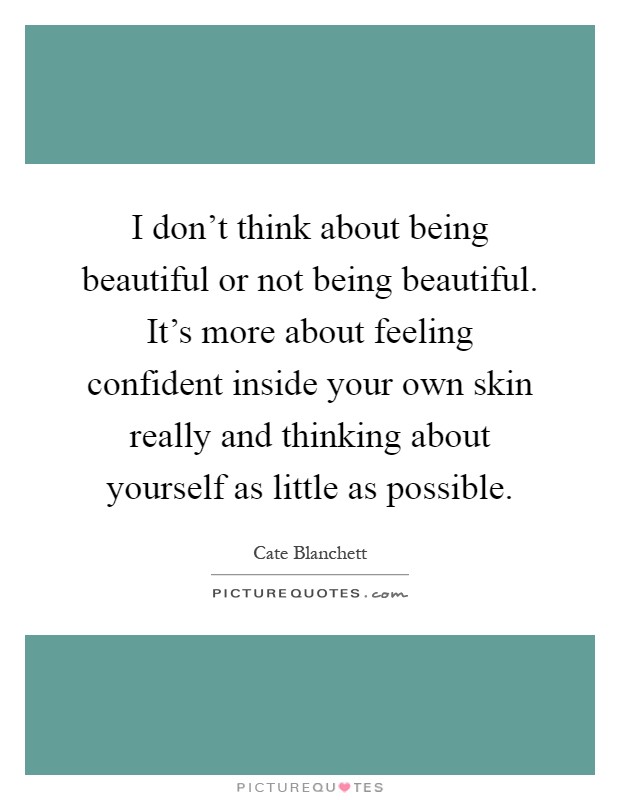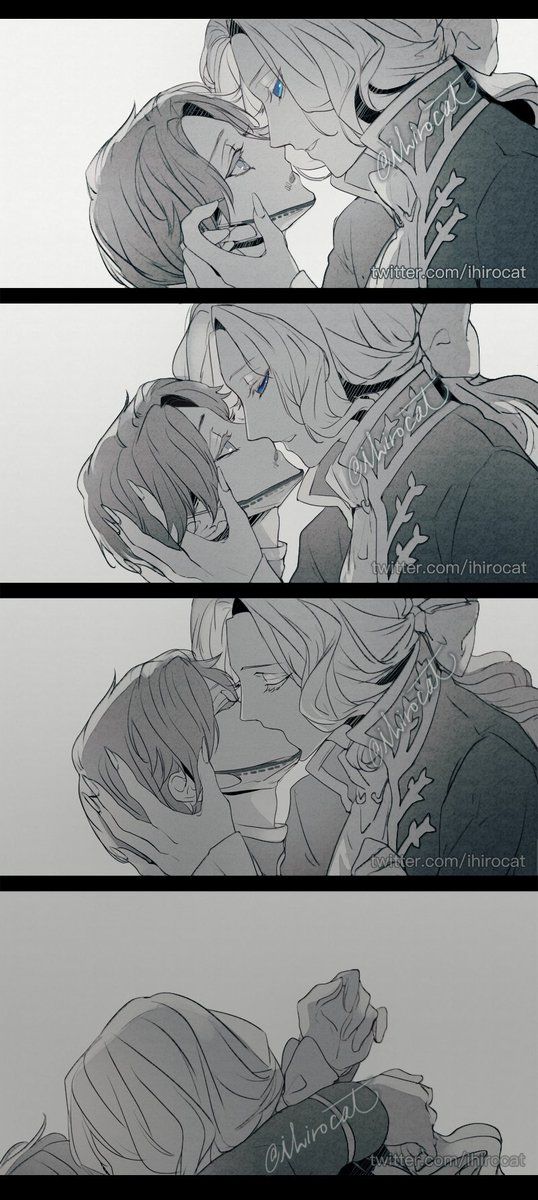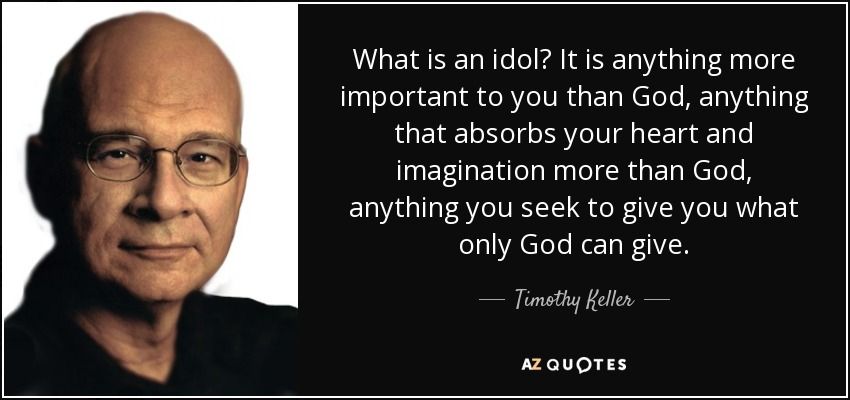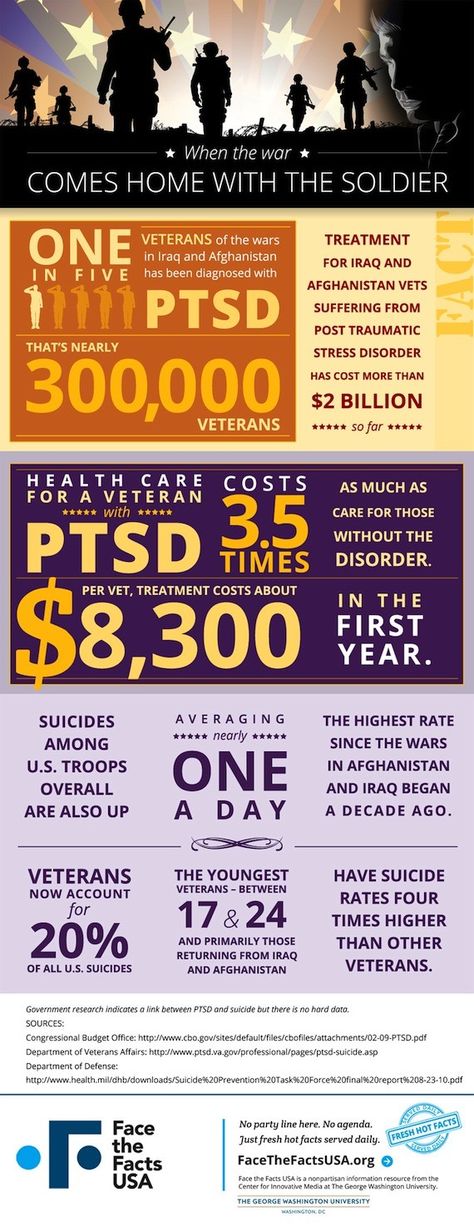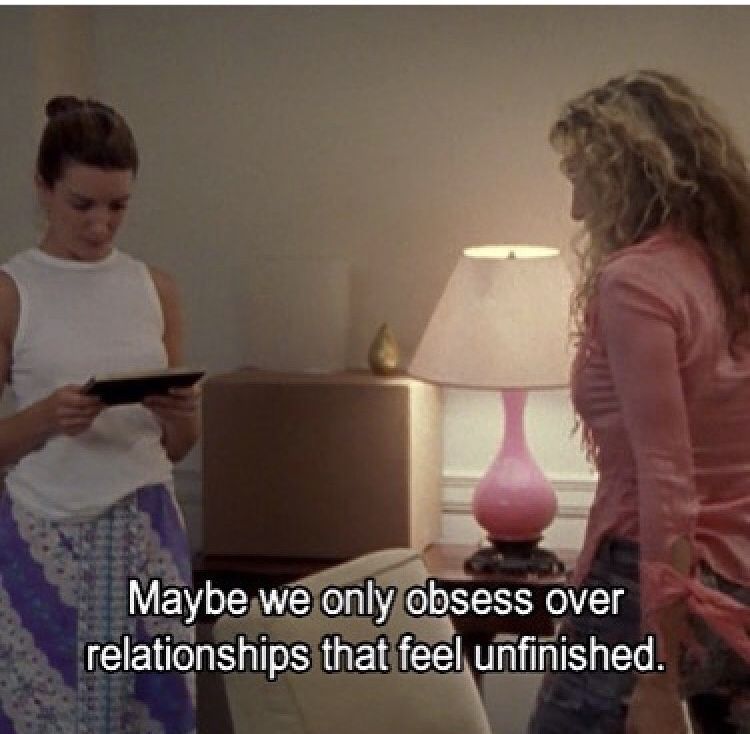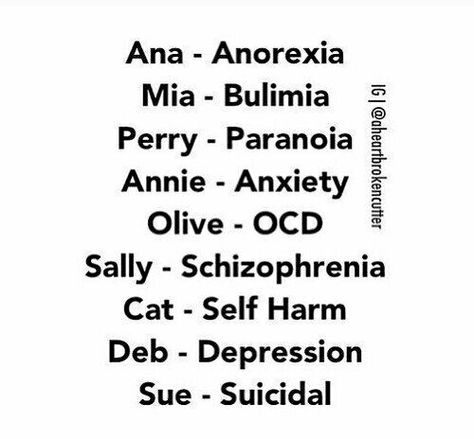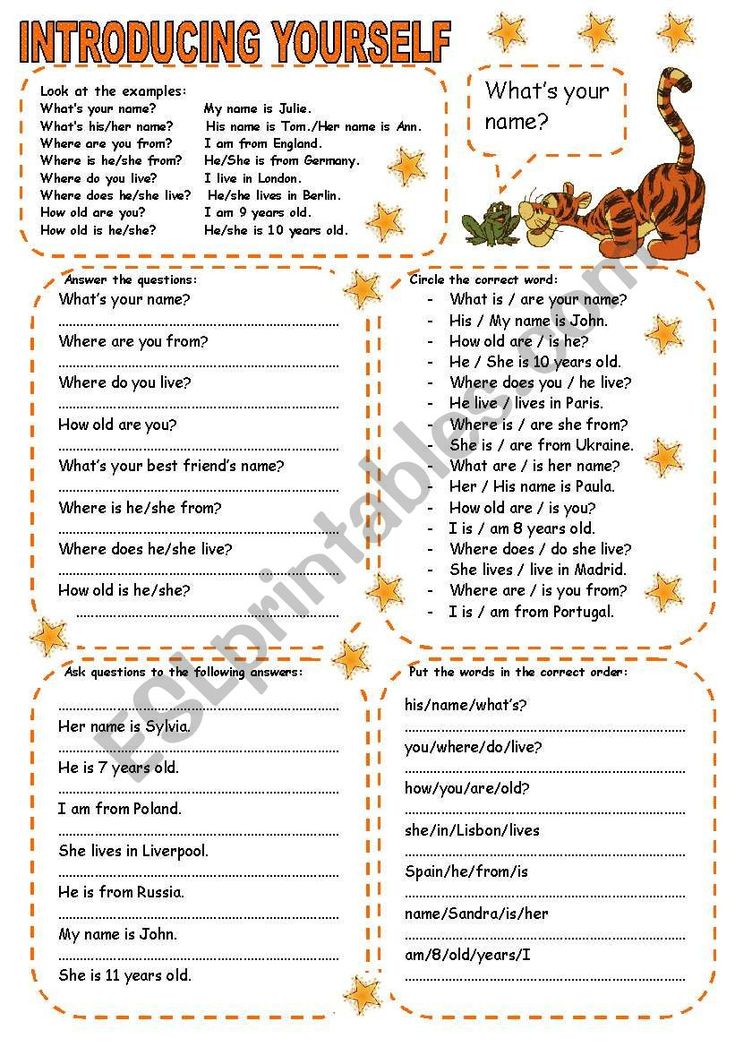Inner child healing childhood wounds
How Inner Child Work Enables Healing and Playful Discovery
Jump to section
What is inner child work?
What does healing your inner child mean?
What causes a wounded inner child?
Where do I start with inner child work?
Creativity and work
None of us are born adults. We have to learn everything as we grow. Children do that in two, incredibly effective, ways: experience and play. For adults who want to keep learning and growing, joyfully, to thrive in a fast-changing world, it might be time to reconnect with our inner child.
No one's life is perfect though. For some, reconnecting with the childlike learner might also require facing some more difficult emotions. Sometimes we learned lessons as a child that get in the way of open learning and adaptation today. That's where inner child work comes in.
As children, we act out our experiences, thoughts, feelings, and dreams through our play. Our creativity becomes the basis of how we prepare for the real world.
Adolescence is a time of discovery, but it can also be painful. As we grow, we begin developing expectations of the world. Sometimes, those expectations fail us. We have broken hearts, we have frustrations, we have dreams that just don't materialize. At some point, many of us stop playing and start letting our experiences dictate who we are and what we want.
Where is the line that separates an adult life from childhood? And not just a number or an arbitrary age of majority. After all, we're always growing. The balance shifts when we stop playing. At that point, we spend little time imagining what could be and focus on what our experiences dictate.
Many of us never take the time to reconnect with these parts of our inner selves. Understanding inner child work can help us heal our long-standing hurts and allow us to play again. This kind of work unlocks our creativity, joy, passion, and potential.
Learn how to heal your wounded inner child in this article.
What is inner child work?
Imagine that you're 5 years old. You're in school playing with the other children in your kindergarten class. While running around on the playground, you trip and fall. The other kids laugh at you.
You're in school playing with the other children in your kindergarten class. While running around on the playground, you trip and fall. The other kids laugh at you.
You may not remember exactly what happened. You may not even remember who was there or how old you were. But what you do remember is the feeling of shame, the tears in your eyes, the pain of your skinned knee. You may even remember saying to yourself “I'm never going to make a fool out of myself like that again.”
The knee may have healed, but you’re dragging the scars into adulthood. You’re no longer in control. Twenty or fifty years later, your inner five-year-old is still running the show. Even when it might work to your advantage to take a risk, you can’t let go of what happened on the playground — even if you don’t remember it.
What is inner child work?
Inner child work is an approach to recognizing and healing childhood trauma. It recognizes that our behaviors as an adult stem from our childhood experiences. Inner child work focuses on addressing our unmet needs by reparenting ourselves. This kind of self-discovery helps us understand our behaviors, triggers, wants, and needs.
Inner child work focuses on addressing our unmet needs by reparenting ourselves. This kind of self-discovery helps us understand our behaviors, triggers, wants, and needs.
When we begin inner child healing work, we tap into a part of ourselves that is vulnerable and impressionable. We’re able to be both the “grown-up” and the child, providing unconditional self-love, self-compassion, and self-support.
What does healing your inner child mean?
You’re fourteen, and the dance at school is coming up. You’re super excited to go with your crush, but they haven’t asked you yet. So you get your game face on, put on your best outfit, and plan to ask them out. But after all that, you find out that someone else beat you to it.
“That’s it,” you say to yourself. “I never get what I want, so there’s no point in trying.”
This situation is the stuff teen movies and young adult books are made of for a reason. It’s an emotional rollercoaster, and it’s human nature to want to protect yourself from that kind of pain. But what happens when you want to get into grad school, apply for a promotion, or ask for an extension on your taxes?
But what happens when you want to get into grad school, apply for a promotion, or ask for an extension on your taxes?
When you begin working to heal your inner child, you sort of go back in time — emotionally and mentally — to that traumatic event. You can understand how your inner child feels from the perspective of an adult. With that, your adult self can start to untangle the coping mechanisms your fourteen (or four) year old self came up with to protect you from further trauma.
Benefits of inner child work
The foundational benefit of inner child work is developing self-awareness. In more than one million coaching sessions with our Members, BetterUp found that the skills of mental fitness develop in a certain order. The first skill to develop is introspection, and it lays the foundation for all other kinds of personal and professional growth.
As you develop greater self-awareness, some of the other benefits of inner child work include:
- Understanding how past trauma affects your present behavior
- Developing healthy coping mechanisms
- Reconnecting to passions, dreams, and talents you may have put aside
- Feeling empowered and in control of your life
- Improved emotional regulation
- Increased self-esteem, self-compassion, and compassion for others
What causes a wounded inner child?
There are many different situations that can cause a wounded inner child.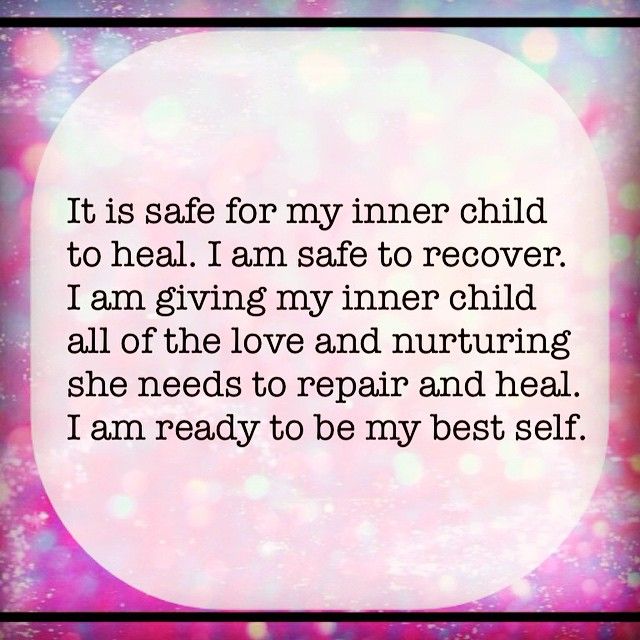 Think back to when you were younger. Some hurts, like a toy you wanted but didn’t get, were relatively small. Some may be the result of physical abuse or emotional neglect.
Think back to when you were younger. Some hurts, like a toy you wanted but didn’t get, were relatively small. Some may be the result of physical abuse or emotional neglect.
It’s impossible to list all the circumstances your younger self may have internalized. However, it’s likely that if you do have childhood trauma, the effects are evident in your life today. Here are some signs that your inner child needs healing:
Signs of a wounded inner child
- Frustration or irritation
- Big reactions to unmet needs
- Childish outbursts, like throwing tantrums or saying things you don’t mean
- Complaining that no one understands you or you don’t feel heard
- Difficulty explaining your feelings or why you’re upset (alexithymia)
- Low self-esteem
- A particularly harsh inner critic
- Immaturity
- Patterns of self-sabotage
- Fear of abandonment or commitment issues
- Challenges with setting boundaries or expressing your needs
If you recognize any of these patterns in yourself, childhood wounds might be to blame.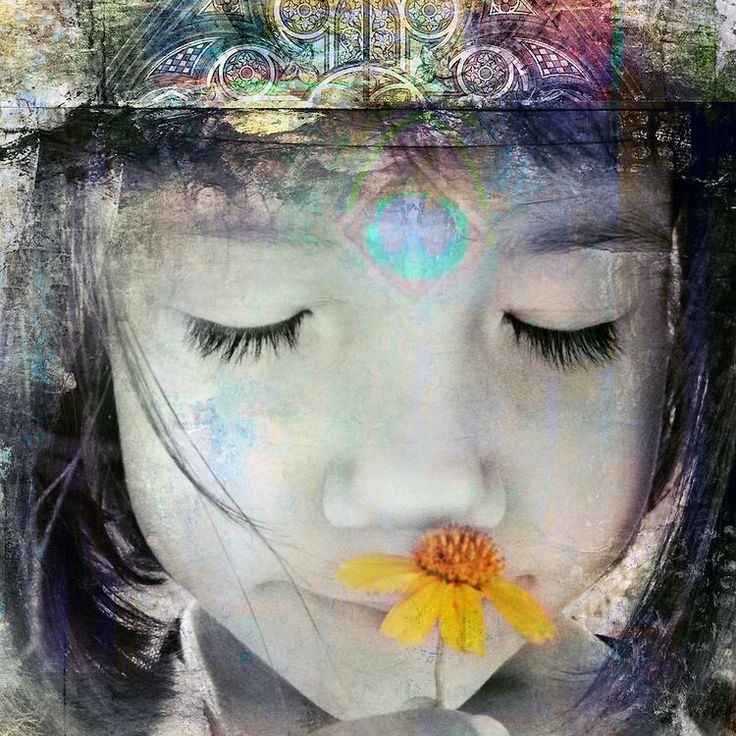 Seeing the ways that your inner child needs support can help you resolve these patterns as an adult.
Seeing the ways that your inner child needs support can help you resolve these patterns as an adult.
Where do I start with inner child work?
We can’t go back and change the past, but we can loosen the grip the past has on us. Here are some ways that you can start the healing process:
1. Listen to yourself
When you get upset, frustrated, or feel emotional pain, what kinds of things are happening around you? Who are you talking to? Paying attention to these triggers can help you connect them to childhood wounds.
There are other significant ways to listen to yourself. Part of developing self-awareness is practicing self-care. Sometimes, when our needs weren’t met as a child, we hold onto those patterns as an adult. Taking care of your own needs can be a powerful act of self-love.
2. Meditate
Meditation has a lot of benefits, but one of the most powerful is that it teaches you to sit with difficult emotions. Learning how to be present with your feelings is the best way to develop emotional regulation skills and manage your stress levels.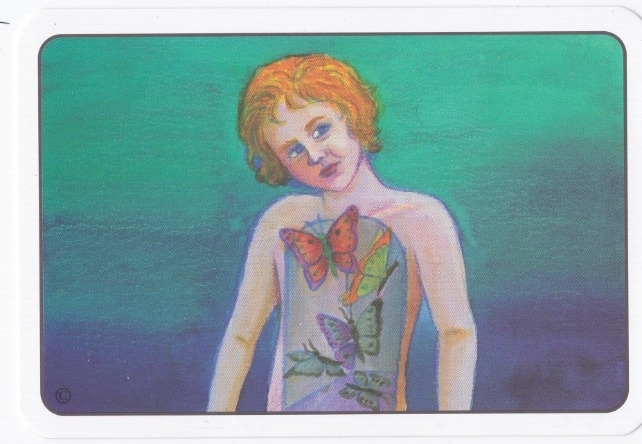
3. Build a new set of caregivers
No one’s parents are perfect. One of the funny things about growing up is that you begin to realize how clueless your parents really were when they had kids. Even when they’ve done the best they can, we all hold a few grudges against people that we grew up with.
You can’t go back and say the right things to yourself to make it all better, but you can practice self-care and compassion right now. Decide to be your own parent. When you feel your inner wounded child getting upset, step in the way you wish someone would have when you were young.
4. Try inner child therapy
If you think that you’d benefit from professional inner child support, there are mental health professionals that specialize in this type of therapy. These clinicians draw from several modalities, like shadow work, attachment theory, psychoanalysis, and even art therapy.
Inner child therapists help you draw connections between your childhood experiences and how they may still be subtly guiding your adult behavior.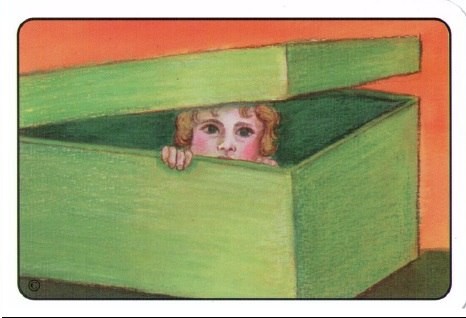 They may ask you questions about specific memories, your internal family systems, and the triggers that still affect you.
They may ask you questions about specific memories, your internal family systems, and the triggers that still affect you.
5. Reimagine your childhood
Many types of inner child work start with a guided meditation. These practices are designed to help you connect with your younger self. Visualization techniques are proven to help you improve performance and your ability to handle stress.
When dealing with past trauma, you may want to work with a therapist who is trained in eye movement desensitization and reprocessing (EMDR) therapy. These therapists can guide you through reliving past experiences in small bites to help you recontextualize the trauma. This can be especially helpful when recalling your experiences triggers PTSD.
6. Talk to your loved ones
Many of us hold grudges against people in our family or from our childhood that have hurt us. We may blame them for why we are who we are today or swore to be nothing like them. But as children, it’s likely that we were completely disconnected from what they may have been facing as adults.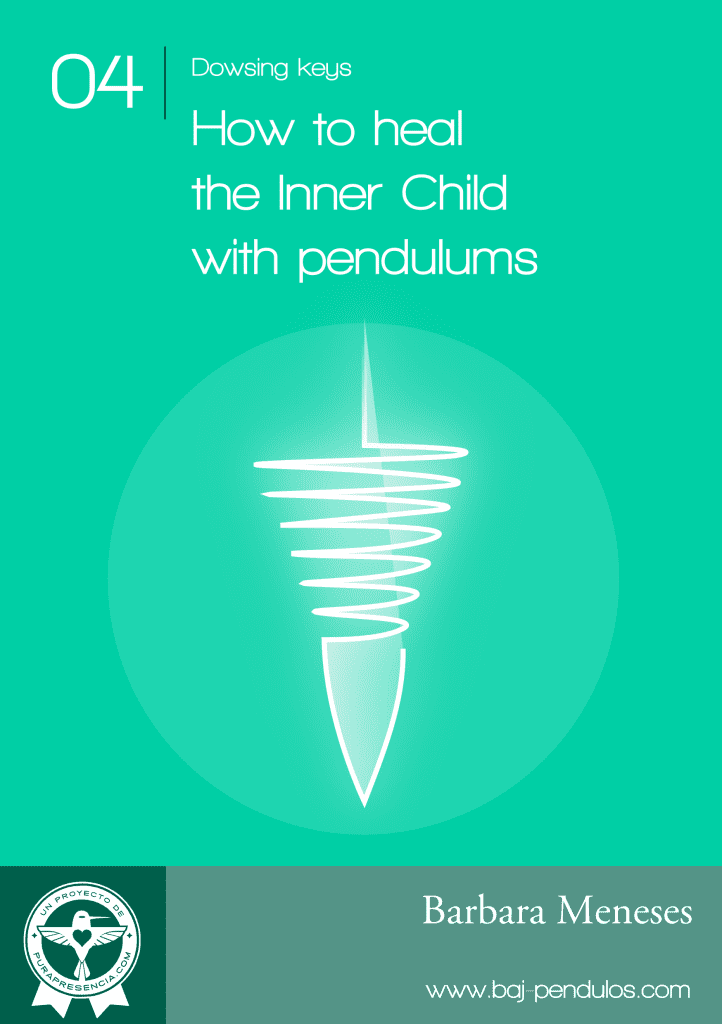
A few weeks ago, I had a conversation with a family member who I love very much, but that I had always thought of as mean. When I was born, she was in her forties, so it never seemed like we had all that much in common. But during this conversation, I got to hear stories about her childhood and early adulthood. For the first time, I really began to understand how challenging her life had been, and it made me much more understanding.
Someone else’s struggles don’t justify abuse, but seeing your interactions with them from another perspective can help provide closure for yourself. It may even help you build — or repair — relationships with people you had written off.
7. Remember how to play
One of the saddest things about growing up is that we stop playing. We feel like in order to be successful, we have to be serious. Since the stakes feel higher, and our futures feel like they’re always in the balance, we take ourselves seriously. But — more importantly — we take our mistakes very, very seriously. We begin to let the fear of failure define us in ways that weren’t imaginable as children.
We begin to let the fear of failure define us in ways that weren’t imaginable as children.
Creativity and work
Part of inner child work is healing your emotional wounds, and the other part is recovering the play muscle. As adults, our creativity and joy are pretty out-of-practice. We stop taking chances because we don’t want to fail. But if we don’t take chances, we don’t learn, and so we actually make ourselves more likely to fail.
Inner child work can restore the part of you that felt free and unafraid to fail. A powerful question to get yourself thinking is “What would you do if you weren’t worried about what other people would think?” It’s easy to get caught up in other people’s expectations. But when we do, we let these voices drown out our own inner voice and we lose sight of what we want for ourselves.
Creativity isn’t just about having fun (although we’ve found that there are real benefits to humor in the workplace). Creative thinking was one of the most sought-after skills in 2020.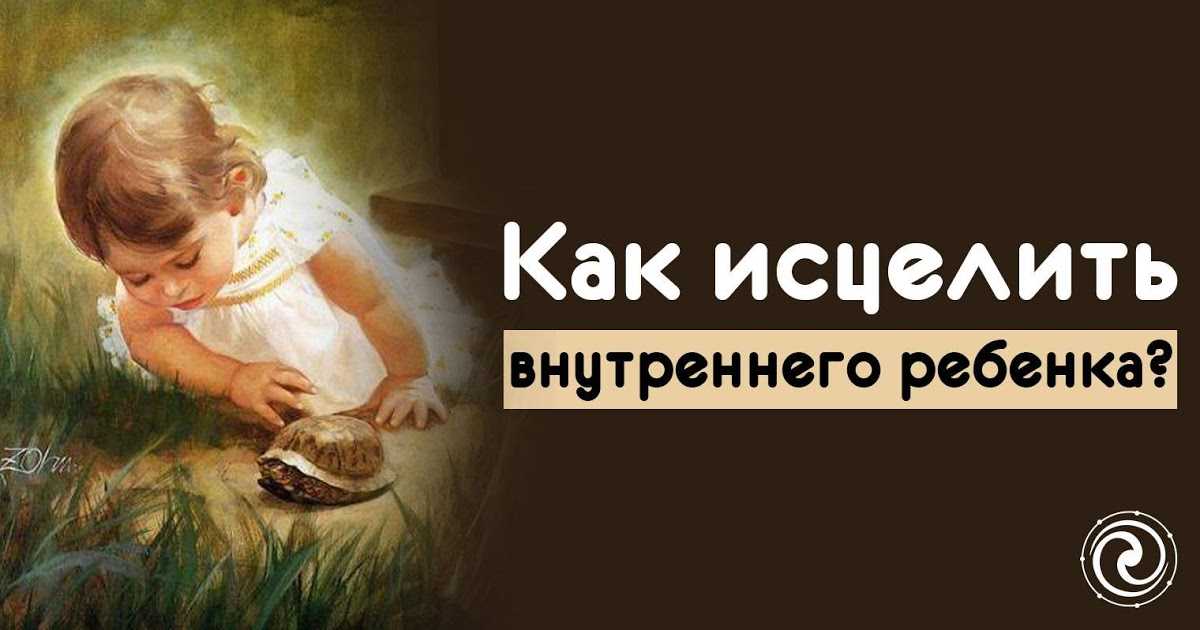 Unfortunately, just 30% of employees said that they actually had time to think through new ideas.
Unfortunately, just 30% of employees said that they actually had time to think through new ideas.
Our mental health directly impacts our creativity as well. Stress and anxiety stop creative thinking. BetterUp found that Members who reported higher levels of stress (in and out of the workplace) rated creative thinking as taking more effort to engage in.
Inner Work® — and particularly inner child work — can help you bring more creativity into your workplace. Your inner child is holding onto those hurts to try to keep you safe. But when you feel free of fear and self-consciousness, you don’t just become more innovative and daring. You become more resilient because you begin to trust your ability to overcome things that don’t go your way. And honestly — that’s adulting.
Final thoughts
If you find that you’re frustrated, angry, or feeling stuck, it might be your inner child asking for support. Understanding how your traumatic experiences impact your choices today can help you get unstuck.
Inner child work has important emotional benefits, but it can also make a big difference in your relationships and your work. At BetterUp, we strive to help people everywhere live their lives with more purpose, clarity, and passion. In a very real sense, that’s how kids live their lives — if not with purpose, then certainly with clarity and passion.
If you need support in your Inner Work® journey, reach out to BetterUp today.
What Is Inner Child Work? A Guide To Healing Your Inner Child
Inner child work, also referred to as inner child healing, is a way to address our needs that haven't been met as children and heal the attachment wounds we've developed.
We all have a younger part of ourselves that was "never quite loved the right way or the way they needed as a child," clinical psychologist Trish Phillips, Psy.D., tells mbg.
"Inner child work, like any type of inner work, involves creating a space where your subconscious is allowed to take the lead," Phillips says.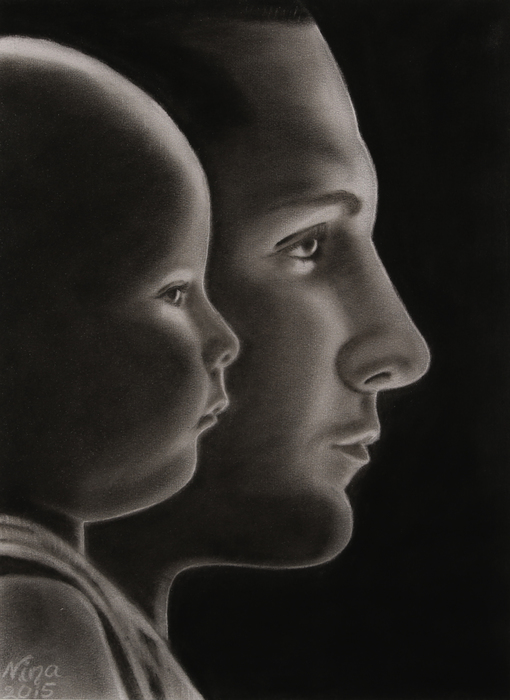
Inner work is the act of going inside ourselves, to explore our true feelings and parts of us that may have been rejected and labeled as "inappropriate" or "too much" by others.
By allowing ourselves time to go within, we begin peeling back our everyday coping mechanisms (being avoidant, numbing of our feelings, etc.) and are able to fully accept and integrate our subconscious into consciousness.
Summary
Inner child work is a way to address our needs that haven't been met as children and heal the attachment wounds we've developed.
Advertisement
This ad is displayed using third party content and we do not control its accessibility features.
Inner child work can be found in many types of therapy.
To name a few, the inner child lens can be found in trauma therapy, Parts Work, Internal Family Systems, EMDR, sensorimotor psychotherapy, somatic work, Gestalt work, art therapy, and story or narrative therapy, notes Phillips.
What is truly special about inner child work is its intention to speak to our inner child through their language, a language that is emotionally based and embodied, rather than expressed through intellectual thoughts and words.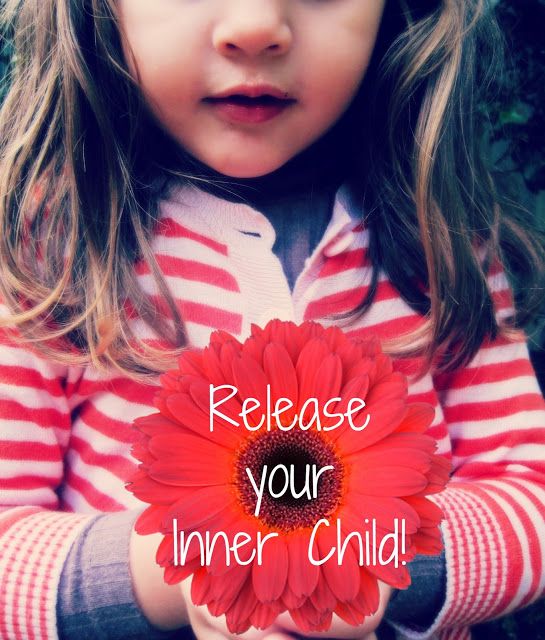
Our inner child is a representation of ourselves at multiple points in our childhood, and we can have inner children from various ages.
This part of us is very much connected to our natural enthusiasm, curiosity, and creativity we experienced as actual children.
"When you get in touch with your inner child, you can connect with their qualities and experiences at the time," creativity coach Julia Berryman tells mbg. "You can even physically feel how they felt."
As children, we are also very impressionable, readily absorbing what our environments and caretakers teach us and how they treat us.
Inner child wounds, or attachment wounds, can occur when there is either a traumatic event or chronic rupture without repair. For children, a rupture without repair can look like crying out for help but being unheard by an emotionally unavailable caretaker.
Ruptures also happen in our daily lives throughout adulthood, "from when someone forgets to hold the door open for us at the store or when a friend doesn't say hi to us," says Phillips. "How we internalize them determines if the experience stays a wound or if it becomes processed right there."
"How we internalize them determines if the experience stays a wound or if it becomes processed right there."
In adulthood, we have a chance to heal our wounded inner child and create the safe, secure inner and outer environments our younger selves always wanted.
Advertisement
This ad is displayed using third party content and we do not control its accessibility features.
As adults, we walk around carrying wounds from our childhood, whether it's simple or complex trauma, from emotional neglect to physical abuse. Many adults feel they're alone with these hurts and feelings, Phillips notes, and so they cover them up because they feel like that's "what other grown-ups do."
That's why inner child healing is so important, she says, "To remind ourselves that we're not wrong or bad. To heal the shame that comes with just having feelings."
By healing our inner child, we begin to create the safety and security our younger selves have always needed. By doing so, the positive traits of our inner child have room to shine.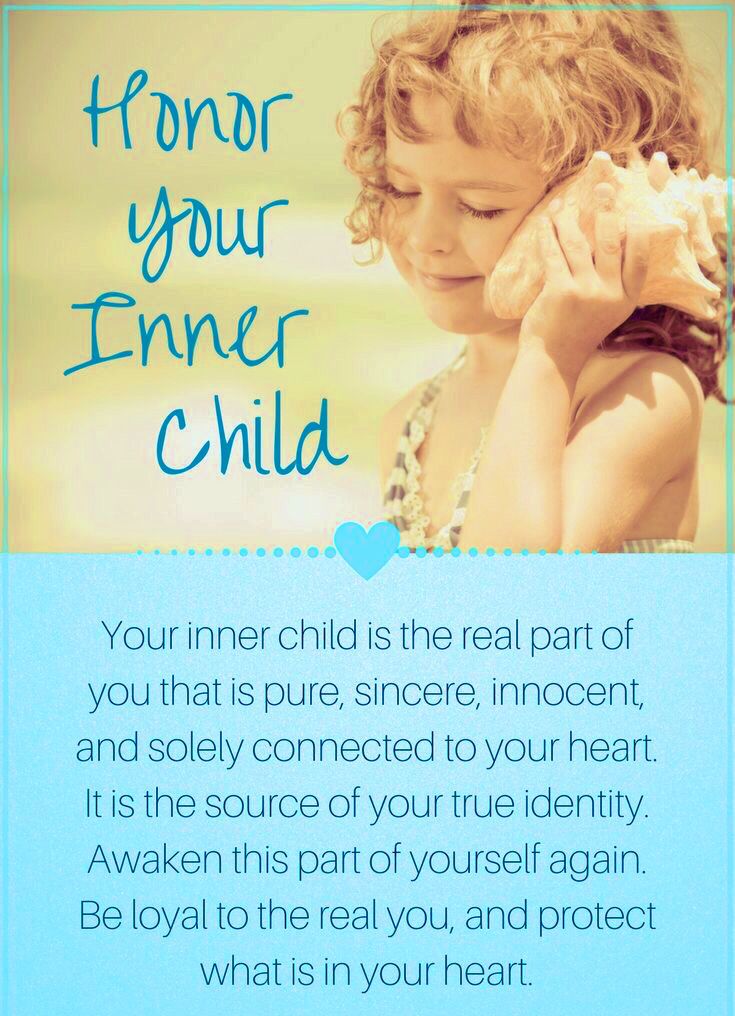 We unlock our natural gifts, our inner curiosity, and our limitless capacity to love.
We unlock our natural gifts, our inner curiosity, and our limitless capacity to love.
On the other hand, when we avoid addressing our past hurts and feel alone with them, they transform into behaviors destructive to ourselves and our environment, such as workaholism, alcoholism, or racism.
"When we heal the inner child, we heal generations. We heal the world. We literally affect one another; that's what coregulation is," Phillips says.
The signs listed below are symptoms connecting back to original attachment wounds:
Advertisement
This ad is displayed using third party content and we do not control its accessibility features.
1.
Feeling highly reactive
We can notice when our wounded inner child appears in our daily lives when you find yourself highly reactive to situations, suddenly feeling very detached or irritated. "Our adult self is trying to manage or control the outside that's making them feel uncomfortable on the inside," Phillips says.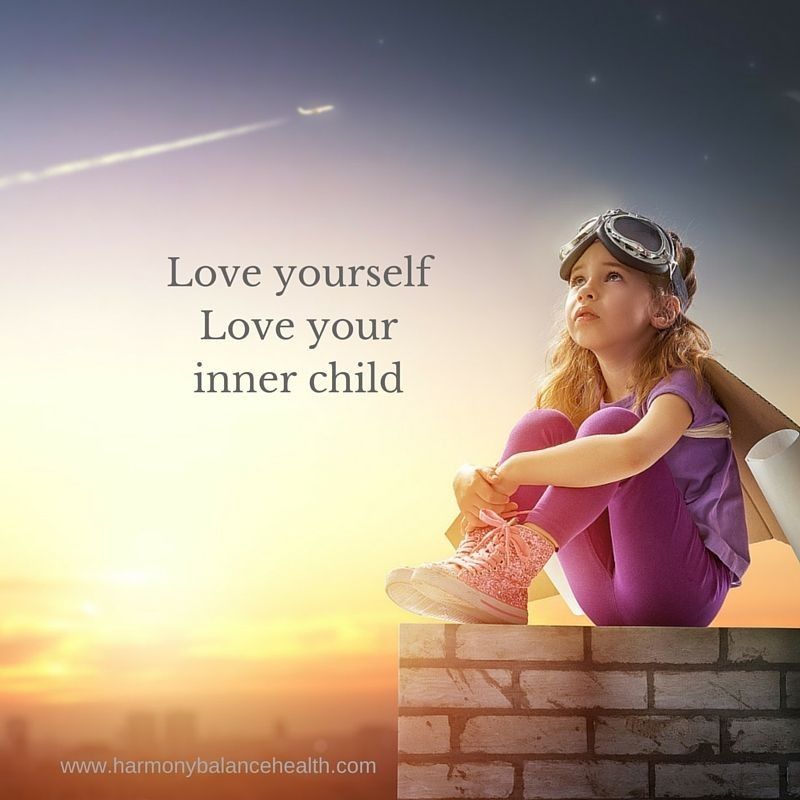
2.
Overvaluing independence
This can look like repeating the narrative "I don't need anyone" and not allowing yourself to ask for any help.
Advertisement
This ad is displayed using third party content and we do not control its accessibility features.
3.
Destructive coping behaviors
This can look like coping through too much alcohol, shopping, cheating, gambling, food, and even chronic procrastination.
4.
Poor emotional and mental health
This can show up in a multitude of ways, including:
- Depression
- Feeling unmotivated
- Wanting more and more time alone or with friends (avoidance manifesting in different ways)
- Not wanting to have sex or wanting more sex to keep partner connected
- Sleep difficulties
- Weight gain or loss
- Not as focused or productive at work
- Increased anxiety in different areas of life
5.
Repeating patterns in your relationships
People with attachment wounds tend to unconsciously recreate attachment patterns they experienced as a child in their adult relationships, whether romantic or not.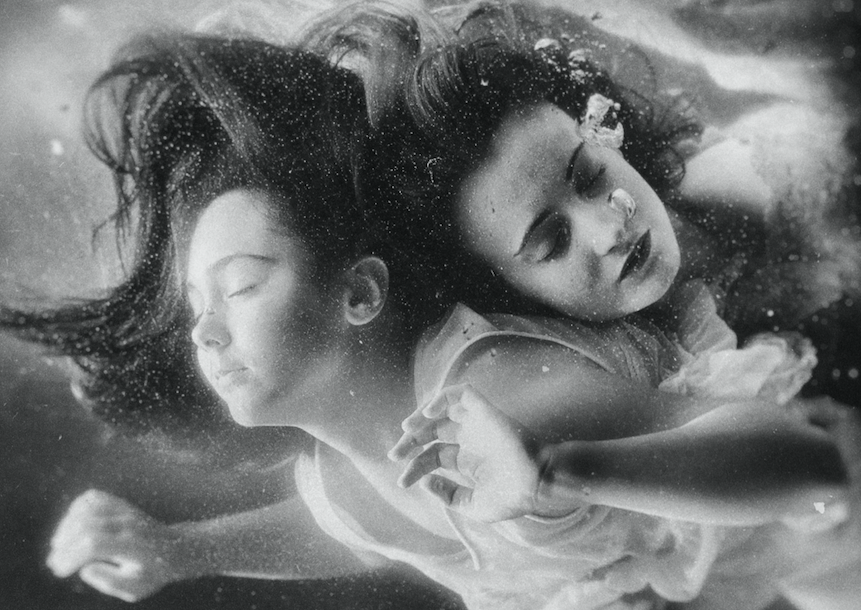
This means they're essentially repeating patterns of childhood trauma.
According to Phillips, enacting an attachment pattern can look like:
- Being avoidant during conflict or when a partner brings up their feelings
- Being dismissive of a partner's needs or your own needs in the relationship
- Gaslighting yourself into believing that there aren't problems when there are, or vice versa
- Being anxious or fearful within the relationship; therefore, trying to please partner above all else
- Having a deep fear of being abandoned or rejected by your partner
To begin understanding our inner child, we must learn to listen and communicate in their language, which is sensory and somatic-based, Berryman says.
If you recall what it's like to play with a child, rather than speaking to you in full, eloquent sentences, children will express their wants and needs through body language and intuitive noises.
That is why much of reconnecting to our inner child is through engaging in activities that activate our full realm of senses.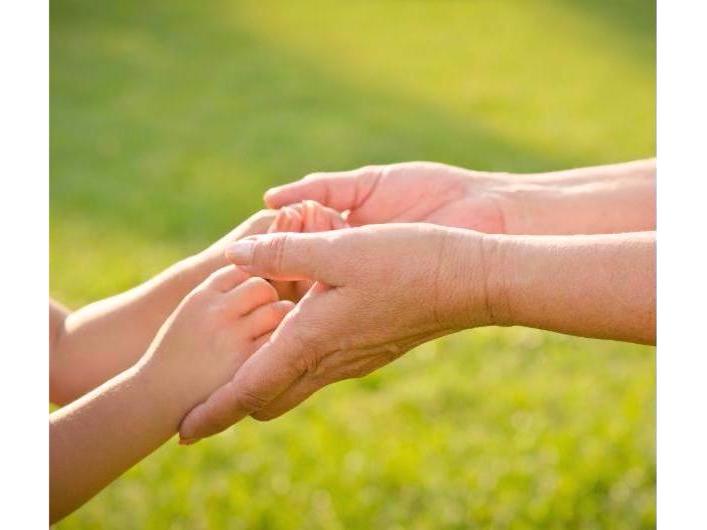 When we can be fully here instead of thinking our way through situations, we are "tapping into a place beyond the cognitive narrative that is familiar to us," Phillips says.
When we can be fully here instead of thinking our way through situations, we are "tapping into a place beyond the cognitive narrative that is familiar to us," Phillips says.
In these present moments, we can create a new relationship with our inner child.
We can start by first taking ourselves out of the left brain—associated with language, logic, and critical thinking—into the right brain, associated with our emotional expression, intuition, and creativity. Below are some ways to get started:
1.
Practice breathwork and mindfulness
Connecting to our deep breaths and physical body helps us move out of the stresses of the adult world and "fight-or-flight" sympathetic arousal, so we can be curious about the present.
Use all five senses to check in with our body. We can do this by taking three conscious deep breaths. It can help to place one hand on your belly and chest.
As you settle in, note one thing you see.
One thing you smell.
One thing you hear.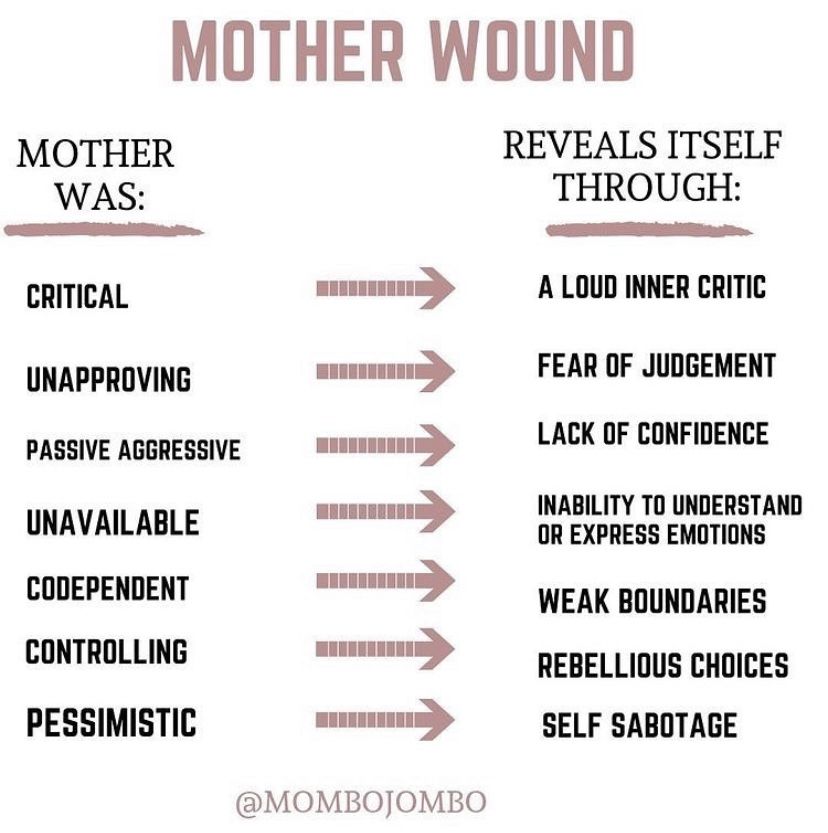
One thing you taste.
One thing you feel.
2.
Nurture your creativity
Whether it's letting ourselves draw, cook, garden, sit, or read graphic novels—doing what we enjoy is centering and takes us back to our inner child.
3.
Collect something
Remember how it felt like to collect things as a child? Collecting what we find on a walk, on our way to the beach (sticks, rocks, shells), can be a way of reconnecting with our inner child. This isn't for any practical reason, but we do this for the pure experience.
Not sure what to collect? Many of us as adults collect books. Good news is, you don't have to read them to find joy in having them!
4.
Practice visualization
The process of visualization is a great way to connect to your inner child. Visualizations help us tap into our imagination and senses.
When first starting out, guided visualizations can be most helpful. You can start with the one provided by Berryman here.
5.
Journal
The intention of journaling is to create a safe space for you (and in this case, your inner child) to express yourself honestly without the expectations of the outside world.
It can look like sitting down and simply asking your inner child how they're feeling today.
The key is honoring your inner child's perception of their own experiences without filtering or correcting them.
If you'd like guidance in creating that safe space, here are self-parenting journaling prompts to start you off.
When you're ready to go deeper, here are more inner child healing exercises to explore.
Healing the inner child: how to prevent childhood traumas from ruining your adult life
Share
0 You can also listen to this article. If it's more convenient for you, turn on the podcast:
What is the inner child
This concept refers to any emotional and psychological baggage that a person carries from the first years of life.
The first person to talk about the inner child was a psychiatrist. What is the “Inner Child”? Carl Jung. According to his theory, the inner child archetype helps a person to reconnect with the past, because he remembers his childhood emotions and experiences. So it is easier for him to grow up and understand what he wants from the future.
The concept became popular after the release of 3 Therapies to Heal Your Wounded Inner Child by John Bradshaw's bestselling book Coming Home: Reviving and Protecting the Inner Child at 1990 year. Modern psychological studies Health throughout the lifespan: The phenomenon of the inner child reflected in events during childhood experienced by older persons confirm that early experiences are well remembered. They affect people in different ways. For example, for some, eternally critical parents have become an occasion to cultivate fortitude, for others, this is a trauma for life.
Why look for the inner child
Diane Raab
Doctor of Psychology, in a commentary to Healthline
We all have an inner child Finding and Getting to Know Your Inner Child.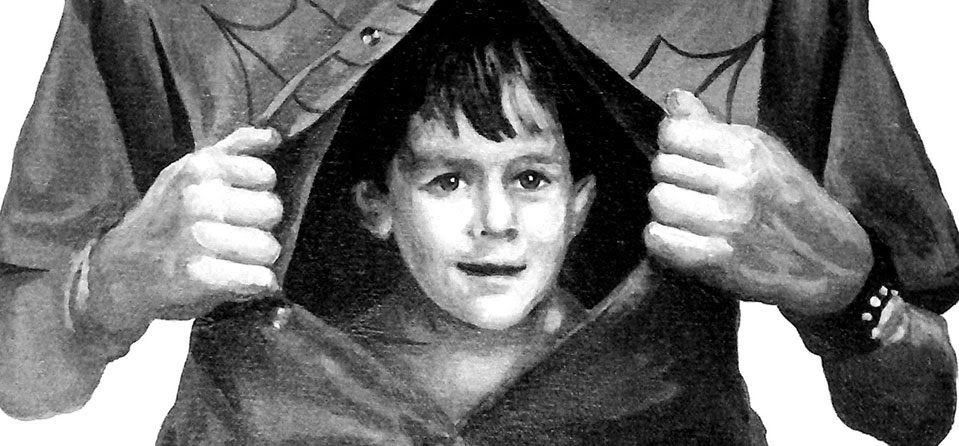 Communicating with him can make your life more prosperous and bring ease into it.
Communicating with him can make your life more prosperous and bring ease into it.
When the inner child is "healthy", it usually does not cause trouble in adulthood. But if he is “wounded” by 3 Therapies to Heal Your Wounded Inner Child, a person may repeat the wrong behaviors instilled in childhood. For example, a little girl who has seen her mother endure abuse from her father may contact the abuser herself in adulthood.
Communication with the inner child allows you to find the roots of current problems in childhood and get rid of them. For some, in the process, What is the “Inner Child”?:
- release repressed emotions;
- recognize unmet needs;
- change wrong patterns of behavior;
- loosen up;
- increase self-esteem.
How to find the inner child
Anyone can contact and benefit from it. But sometimes disbelief and resistance become an obstacle.
If there is still skepticism, that's fine.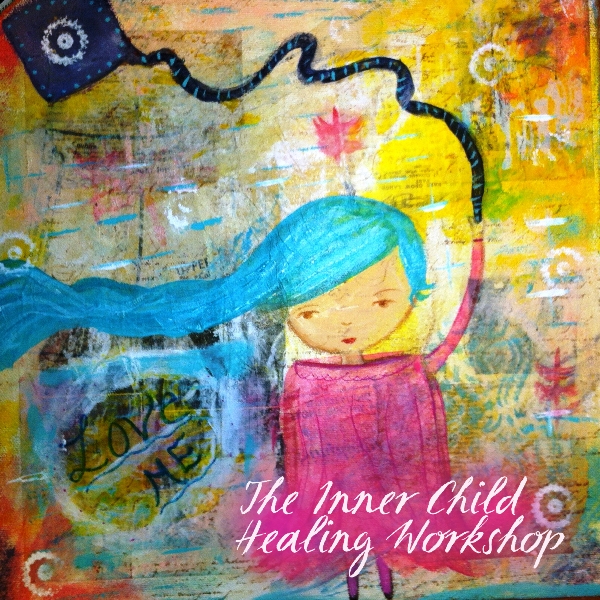 Just try to look at the inner child not as a separate person, but as your past experience. This will help you approach your search with curiosity.
Just try to look at the inner child not as a separate person, but as your past experience. This will help you approach your search with curiosity.
There are several ways Finding and Getting to Know Your Inner Child to find your inner child.
Spend time with children
Playing with them will help you remember pleasant events from the past, learn to enjoy the little things, live in the moment, relax and feel happier. To get started, try, for example, hide and seek.
Children's fantasies sometimes emerge through imaginative play. Maybe before you imagined some scenarios, thanks to which you easily experienced difficult moments.
If you don't have your child yet, you can stay with the children of your friends or relatives.
Reminisce about your childhood
Try leafing through photo albums, reread books and watch movies you once liked. If you have kept a diary, take a look at it. Ask relatives to share their memories of you. All this helps to return to the childish emotional state and connect with the inner child.
Another way to delve into the past is through a visualization exercise. If you find it difficult to remember what you looked like as a child, first look at old photographs. Then close your eyes and imagine yourself as a child. The image must be detailed. Think about what you are wearing, where you are, whether there is someone nearby. How are you feeling? A child can be lost, lonely, insecure, contented, strong.
During the exercise, sometimes it turns out that the inner child feels good, gives you strength, optimism. If he is suffering, you need to help him.
Do something you used to enjoy
Think about what you liked to do as a child. Maybe every summer they cycled to the creek, swam, fished, read in a dusty attic, or roller-skated. Perhaps now you have little entertainment that simply brings happiness.
Drawing and coloring can also help. During these activities, the active mind rests, so emotions that you do not pay attention to will appear on paper.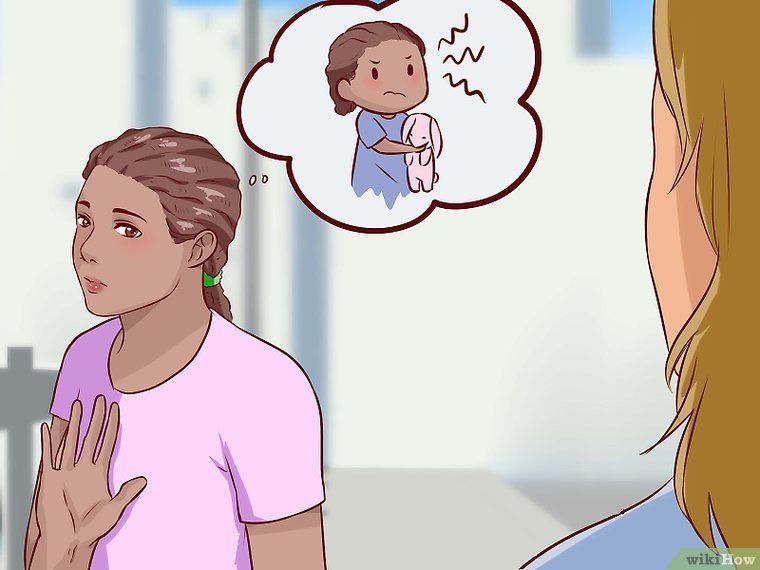 Some of them may be related to the inner child.
Some of them may be related to the inner child.
Write a letter to your inner child
This is a powerful tool for connecting with your inner child. Writing will help deal with childhood experiences and emotions. There are no restrictions on the form of the exercise. You can talk about something specific or express any thoughts that come to mind.
Diana Raab
If you have wounds or injuries, write about them. This will help you connect with your inner child. During reunion with him, you can find the causes of adult phobias, fears and life stereotypes. Perhaps you understand why you have become the way you are.
Another way to get the inner child to talk is to ask him questions from the adult self, then let him answer and analyze the result. It's normal to be nervous about what a child might say. Especially if in childhood you experienced difficult emotions or you had a negative experience.
If you don't like the format of the letter, try talking out loud to your inner child.
Consult a psychotherapist
If you suspect that the connection with the inner child will bring up bad memories or feelings of fear, it is better to go to a psychotherapist. A therapist will support you and suggest strategies to help you cope with your emotions and trauma.
It is better if you find a therapist who has experience working with the inner child. The expert must know how to contact him and understand if he is suffering. If it turns out that the client had childhood traumas that are causing problems now, the specialist will offer psychotherapy.
How psychotherapists heal the inner child
Childhood trauma has long-term consequences. Therefore, if during communication with the inner child you realized that he was hurt or offended, he needs to be healed. This can be done with a psychotherapist. Specialists have several techniques 3 Therapies to Heal Your Wounded Inner Child for help.
Empty Chair Technique
The therapist asks the client to sit in front of an empty chair and imagine that someone is sitting on it.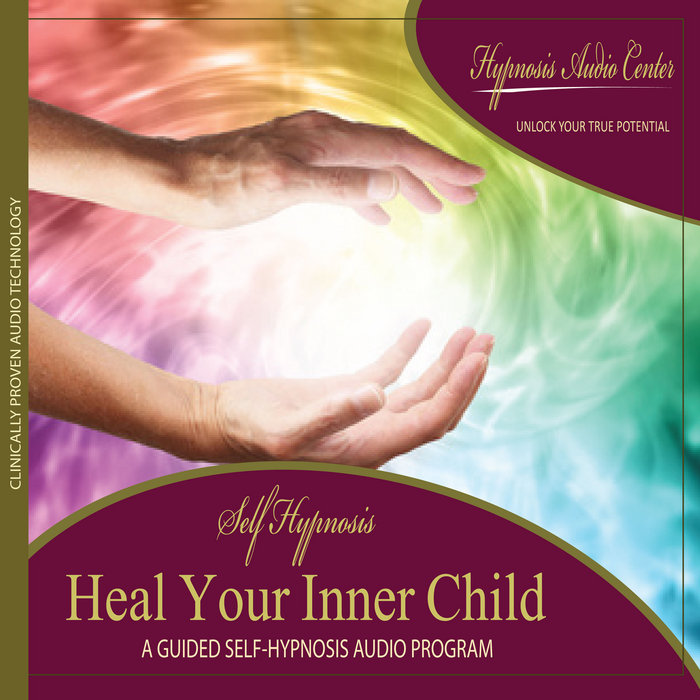 For example, a parent or other relative. This person needs to be told about his feelings and thoughts, to explain what was missing from him in childhood. Also, a specialist may offer to change places with an imaginary character. For example, imagine yourself as your grandmother and listen to your inner child.
For example, a parent or other relative. This person needs to be told about his feelings and thoughts, to explain what was missing from him in childhood. Also, a specialist may offer to change places with an imaginary character. For example, imagine yourself as your grandmother and listen to your inner child.
In therapy, you can get to know feelings from the past better and understand how they affect adult life. Some patients get to know the sides of the character that they tried to deny.
Schema Therapy
People who grew up in a hostile environment often exhibit maladaptive (incorrect) behavior patterns. Because of them, difficulties in relationships or with self-control can arise.
Schema therapy helps to get rid of problems that appeared in childhood. The key to success is that the therapist uses the re-education technique to meet the emotional needs of the person. For example, praise him. As a result, the patient changes his mind about himself and learns new patterns of behavior.
Eye Movement Desensitization and Reprocessing
This type of therapy helps with panic attacks, stress, painful memories and intrusive thoughts due to childhood trauma.
During the session, the person focuses on bad thoughts, emotions or sensations. The therapist begins to move his hand left and right, and the patient follows the movement. Depending on which way the eyes look, the left or right hemisphere is activated. At this point, the brain begins to process negative information.
How to help your inner child on your own
Visualization is a way of healing Healing Your Inner Child that you can try yourself. The method is based on the fact that when we think about an action, the same parts of the brain begin to work as during execution.
Use your imagination and imagine yourself as a child at any stage of development where you have experienced stress or abuse. It could be your five year old self or your teenager. If necessary, consider that the child is adopted.
Visualize another inner self that will help heal the child. For example, a parent, advocate, compassionate, or therapist. Who exactly it will be is up to you.
The method is that you must re-educate yourself. Everything must be done to make the child feel safe and develop resilience. Let the second inner “I” take care of him, approve, satisfy his needs.
Read also 🧐
- How to stop blaming yourself for all mortal sins
- 10 subtle signs that you don't like yourself
- How to deal with toxic people
- 20 questions to help you understand yourself better
- This is not irresponsibility! 6 Things You Shouldn't Blame Yourself About
Three Psychological Techniques for Healing Childhood Trauma
Psychotherapists often talk about how important it is for the patient to get in touch with their "wounded inner child" in healing trauma. By this child they mean all the psychological and emotional baggage left from childhood and continuing to create problems in adulthood.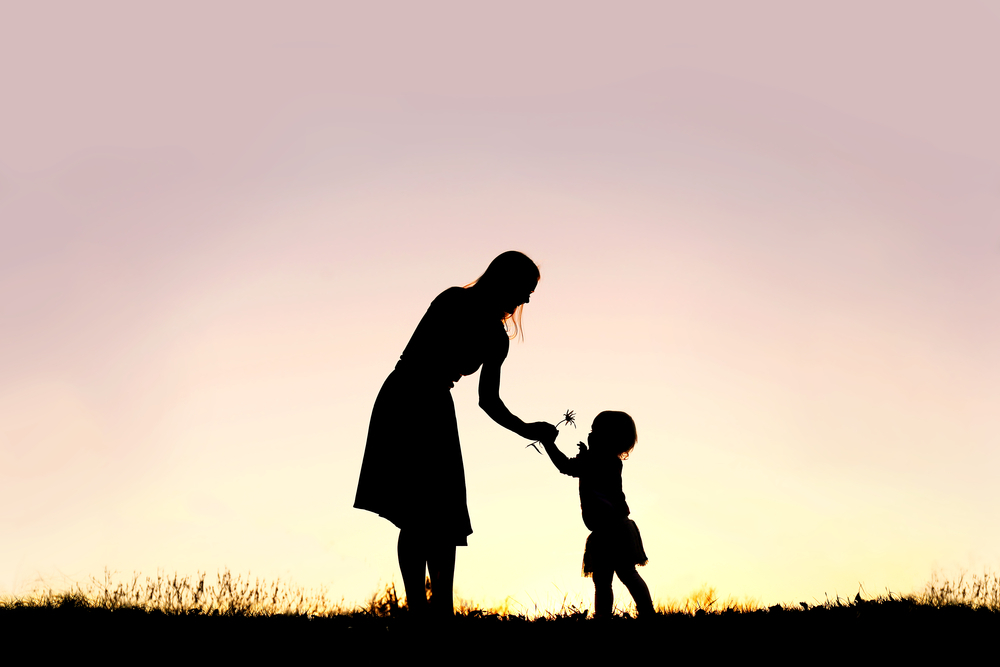
The term "inner child" gained popularity thanks to self-help authors, most notably John Bradshaw and his bestselling book Coming Home.
The archetype of the "wounded child" usually manifests itself in the following way: in the life of an adult, the same negative experiences and manifestations of inadequate behavior are repeated over and over again, which he adopted in childhood, looking at others.
For example, if a girl in her childhood regularly observed how her father abused her mother, then in adulthood she may constantly enter into relationships with men who are prone to abuse.
Addictions and mental health problems rooted in childhood are treatable. Here are a few techniques that can help you recognize negative patterns learned in childhood and re-educate your inner child.
1. Empty Chair Technique
The application of this technique is as follows: the therapist places an empty chair in front of you and asks you to imagine that a significant person for you is sitting on it - for example, one of your parents.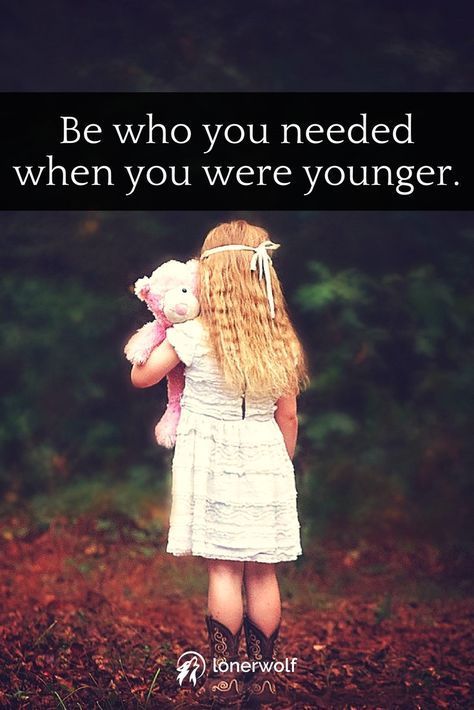
You "communicate" with an imaginary interlocutor, talk about your thoughts and feelings, or explain to him what you wanted, but could not get from him as a child. The therapist may suggest that you "reverse roles" and take the place of an imaginary interlocutor yourself.
This work is especially helpful when people who have meant a lot to you in the past are unable or unwilling to take part in therapy. It helps you reconnect with your feelings about the past and with parts of yourself that you have tried to hide or suppress through addiction or other destructive behavior.
By getting in touch with your own feelings and memories, you can become aware of how they affect your current behavior and understand how you can change the situation.
2. Schematic Therapy
This method is suitable for patients experiencing social difficulties and those who cannot cope with the consequences of childhood trauma.
Children who grow up in a hostile or unhealthy environment often develop coping patterns, memories, emotions, ideas about themselves and others that are fraught with problems and lead to inappropriate reactions and behavior in adulthood.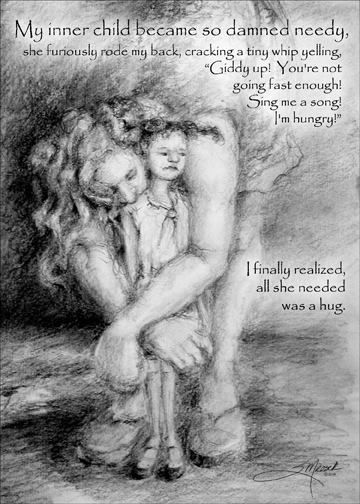
During treatment, the therapist uses "re-education" techniques to help the patient's vulnerable inner child learn to meet their basic emotional needs in healthy ways.
Through various methods: dialogues, role plays, journaling, teaching important skills, schema therapy teaches the patient to look at himself and others differently and helps him overcome the desire to avoid unpleasant situations and get rid of other inappropriate reactions.
3. EMDR
Eye movement desensitization and processing (EMDR) is a technique based on information processing by the brain. It can help relieve unpleasant experiences associated with traumatic past events and manifested in the form of obsessive thoughts, sudden painful memories, anxiety, fear, panic attacks.
As the work progresses, the patient follows moving objects (eg, the therapist's fingers) with their eyes while trying to focus on internal negative images, thoughts, and feelings associated with the trauma.